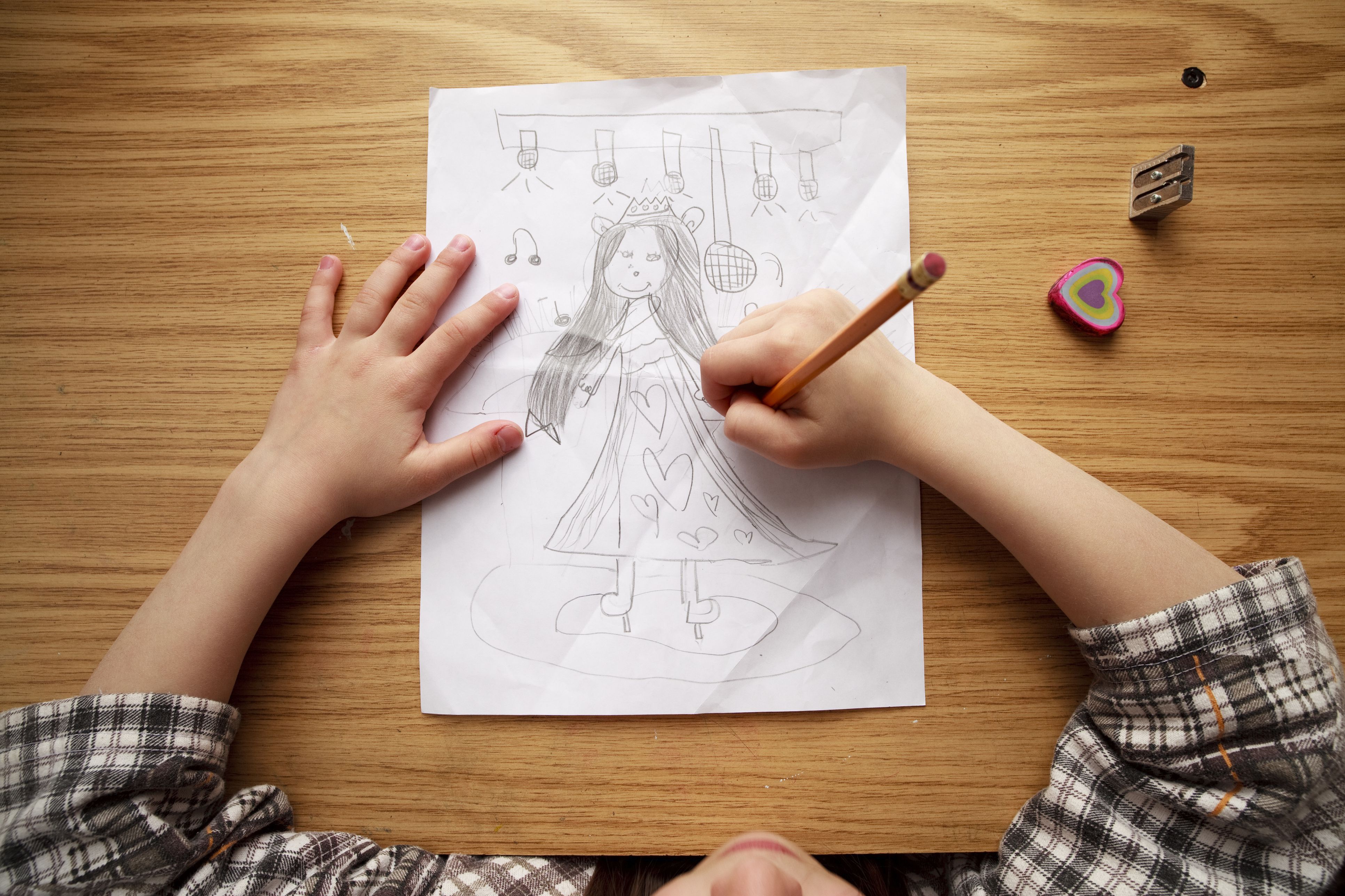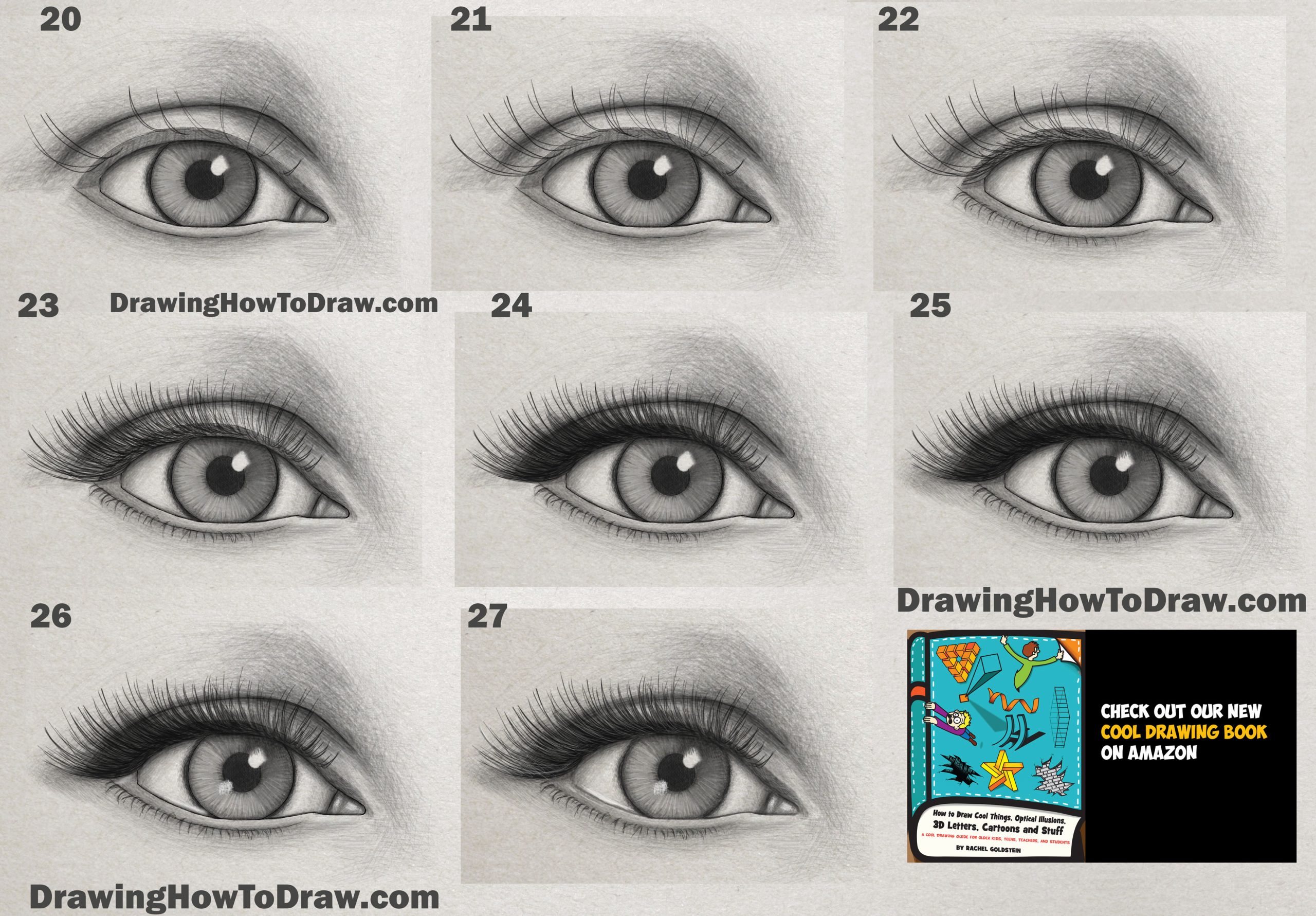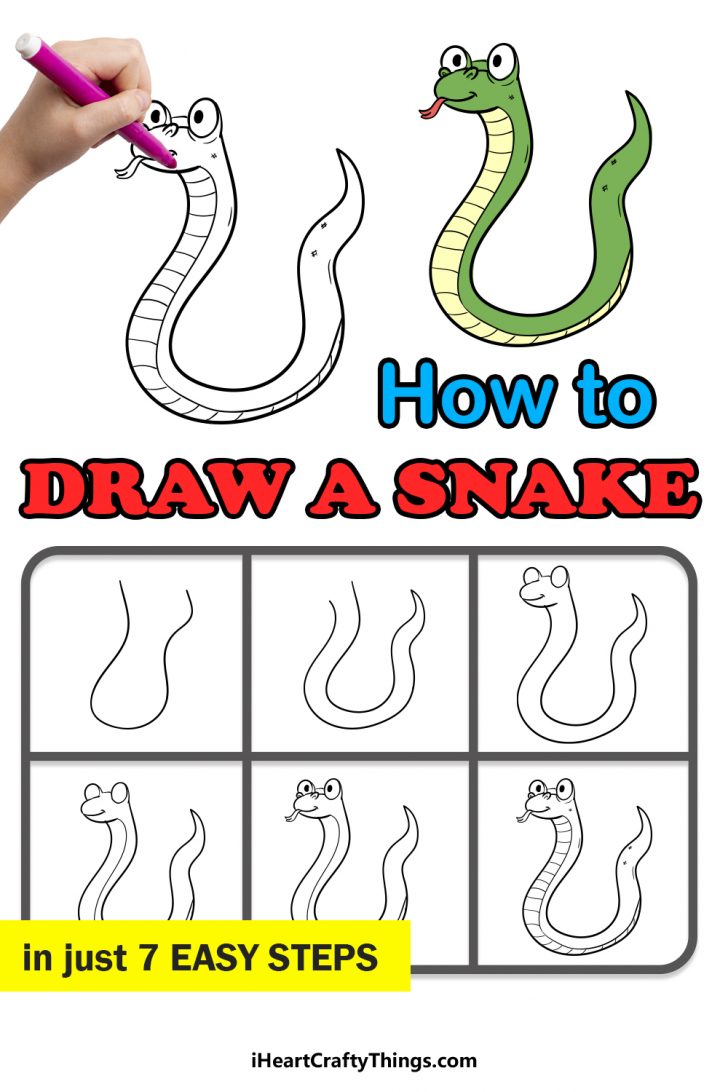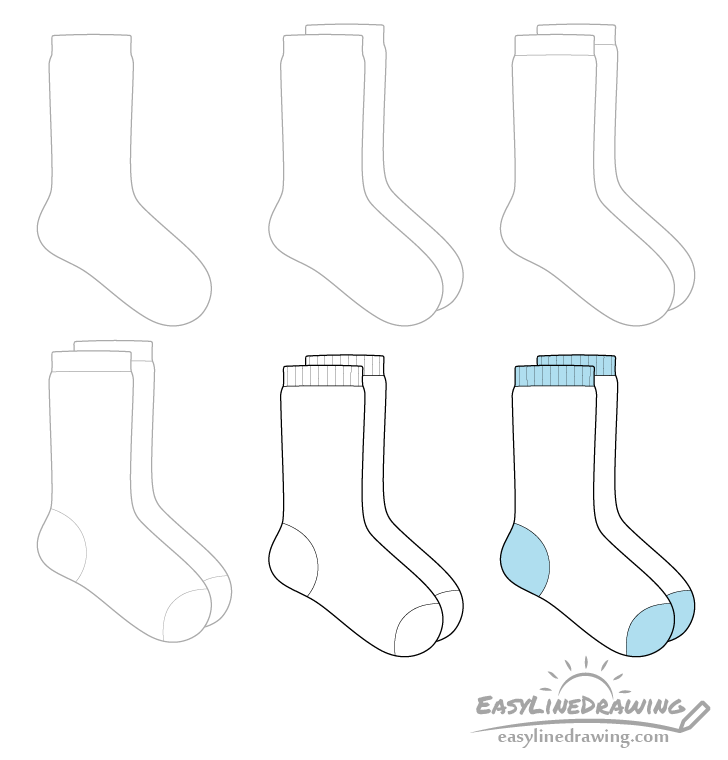10 tips for teaching kids how to draw
Table of Contents
Table of Contents
To help foster creativity and imagination, teaching kids how to draw is an excellent way to improve their motor skills and critical thinking abilities. Through drawing, kids can express their feelings and ideas, which can boost their self-confidence and overall mood. However, teaching kids how to draw is not always easy, and it can be a challenging process for both the child and the adult. In this blog post, we will explore several strategies for how to teach kids to draw and related keywords in engaging and effective ways.
Potential Difficulties in Teaching Kids How to Draw
It is essential to acknowledge the potential difficulties in teaching kids how to draw; they may feel discouraged by their initial results or frustrated by the lack of progress. Therefore, it is essential to offer constructive feedback and avoid putting unnecessary pressure on the child. It’s best to encourage their natural creativity and let them explore and experiment with different drawing techniques.
Strategies for Teaching Kids How to Draw
One of the most effective strategies for teaching kids how to draw is to break down the process into smaller, more manageable steps. By focusing on improving one aspect of their drawing at a time, kids can see clearer progress and feel more confident in their abilities. Other strategies include offering various materials, including pens, pencils, markers, and paint, that can encourage them to experiment with different techniques.
Main Points for How to Teach Kids to Draw
To summarize, teaching kids how to draw can be a challenging but rewarding process. It is essential to acknowledge the difficulties they may face while providing constructive feedback that focuses on their strengths. Breaking down the process into small, manageable steps and offering a variety of materials can keep kids engaged and inspired to improve their skills.
Engage the Child’s Imagination
An excellent way to engage a child’s imagination is to encourage them to create their own characters or scenarios. Inviting them to draw a picture of their favorite animal or make up a story about a superhero can keep them motivated and eager to see an outcome. This not only fosters their creativity but also encourages them to use critical thinking skills by experimenting with different shapes and colors.
Utilize Interactive Teaching Methods
Another useful strategy is to utilize more interactive teaching methods, such as drawing games or exercises that involve tracing or copying. Playtime can be an excellent way to encourage the child to take an interest in drawing and learning new skills.
Encourage Expression with Different Materials
Every child is unique, and some may prefer certain drawing materials over others. To encourage expression, it is important to be open to their preferences and encourage experimentation with different materials. For example, some may enjoy using chalk or pastels, while others may prefer digital tools such as a drawing tablet or stylus.
Create a Safe and Supportive Environment
Ultimately, one of the best things parents and guardians can do when teaching kids how to draw is creating a safe and supportive environment that encourages creativity and experimentation. Avoiding strict expectations or comparisons can alleviate pressure on the child, allowing them to focus on enjoying the process of drawing and developing their skills.
Question and Answer Section
Q: How do I know when my child is ready to start learning how to draw?
A: Children can start learning how to draw at any age, as long as parents and guardians are willing to be patient and supportive. Start by choosing simple objects or shapes, such as circles or squares, and encourage them to experiment with different mediums.
Q: What if my child doesn’t seem interested in learning how to draw?
A: It is crucial not to force a child to engage in activities that they are not interested in. Instead, introduce them to different activities and encourage them to explore their natural interests.
Q: How can I help my child develop their art skills beyond drawing?
A: Encourage them to explore different mediums beyond basic drawing, such as painting or sculpture. Attend art classes or workshops together and visit local museums or art galleries to boost their passion for the arts.
Q: How can I offer feedback without demotivating or discouraging my child?
A: Offer feedback that focuses on what your child is doing right and what they can improve on. Praise their strengths, and avoid comparing them to others or using negative language that can discourage them.
Conclusion of How to Teach Kids to Draw
Teaching kids how to draw can be challenging, but it can also be an incredibly rewarding experience. By breaking down the process into smaller steps, utilizing interactive teaching methods, and encouraging an open and supportive environment, children can develop essential skills that will benefit them throughout their lives. Offering constructive feedback and encouraging experimentation with various drawing materials can help develop their creativity and imagination. Whether a child ends up being an accomplished artist or not, learning how to draw is an excellent way to express feelings and ideas, and parents and guardians can play a crucial role in encouraging and fostering these abilities.
Gallery
3 Ways To Teach Kids How To Draw - WikiHow

Photo Credit by: bing.com / draw teach kids child wikihow ways
3 Ways To Teach Kids How To Draw - WikiHow

Photo Credit by: bing.com / teach draw kids wikihow teaching year olds
Why Children Still Need To Read (and Draw) Maps | PBS KIDS For Parents

Photo Credit by: bing.com / children drawing draw maps development colouring child read need kids coloring parents benefits still why ways childs
10 Tips For Teaching Kids How To Draw

Photo Credit by: bing.com / vocabulary suki kaku saku inhibit thoughtco strategies kidsdrawing liveabout igor kisselev embarquées
Learn To Draw Nature | Teach Drawing For Kids And Toddlers Coloring

Photo Credit by: bing.com / kids draw teach drawing toddlers nature learn coloring





